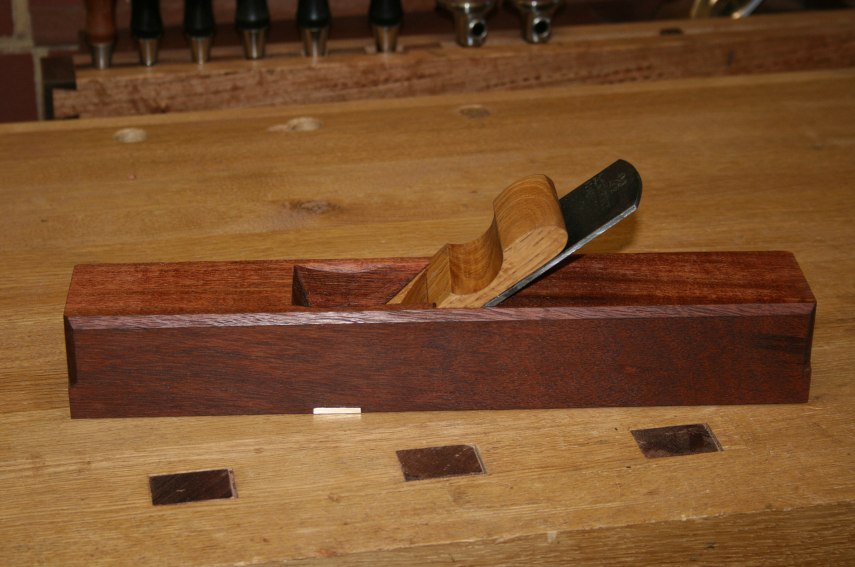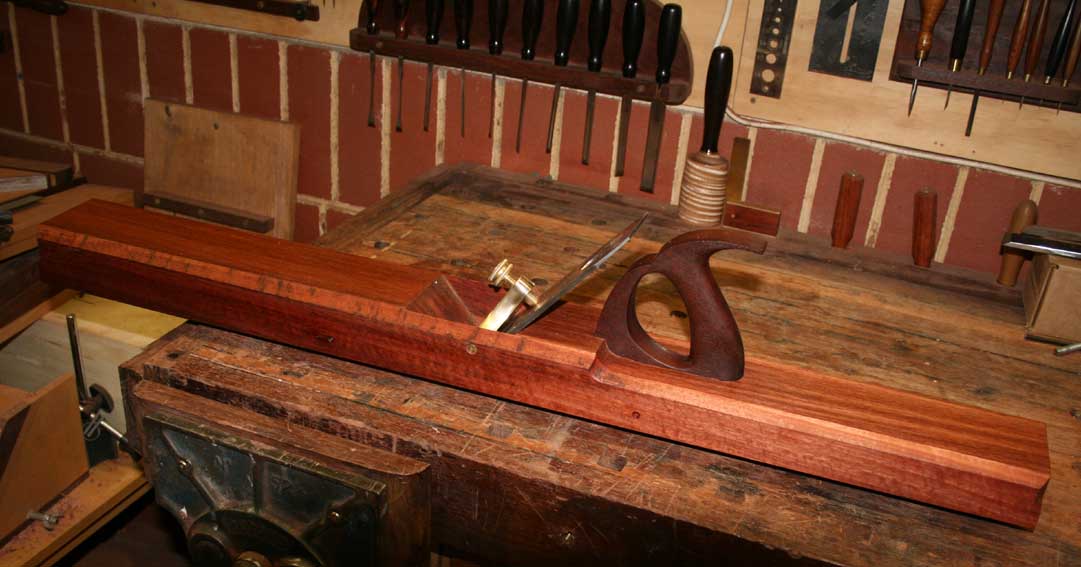I'm thinking of building a wood-bodied jointer plane using this Lee Valley kit - https://www.leevalley.com/en-ca/shop...plane-hardware .
Some questions weight -
- how much does it make sense to use a lighter-weight wood like pine for the body and then laminate a 1/4" sole using maple or ipe or something hard etc
- any other woods hard enough for the entire body that doesn't add crazy weight - ash, walnut, beech
And any other advice from anyone that's done this before?
Thanks.
Howard




 Reply With Quote
Reply With Quote









